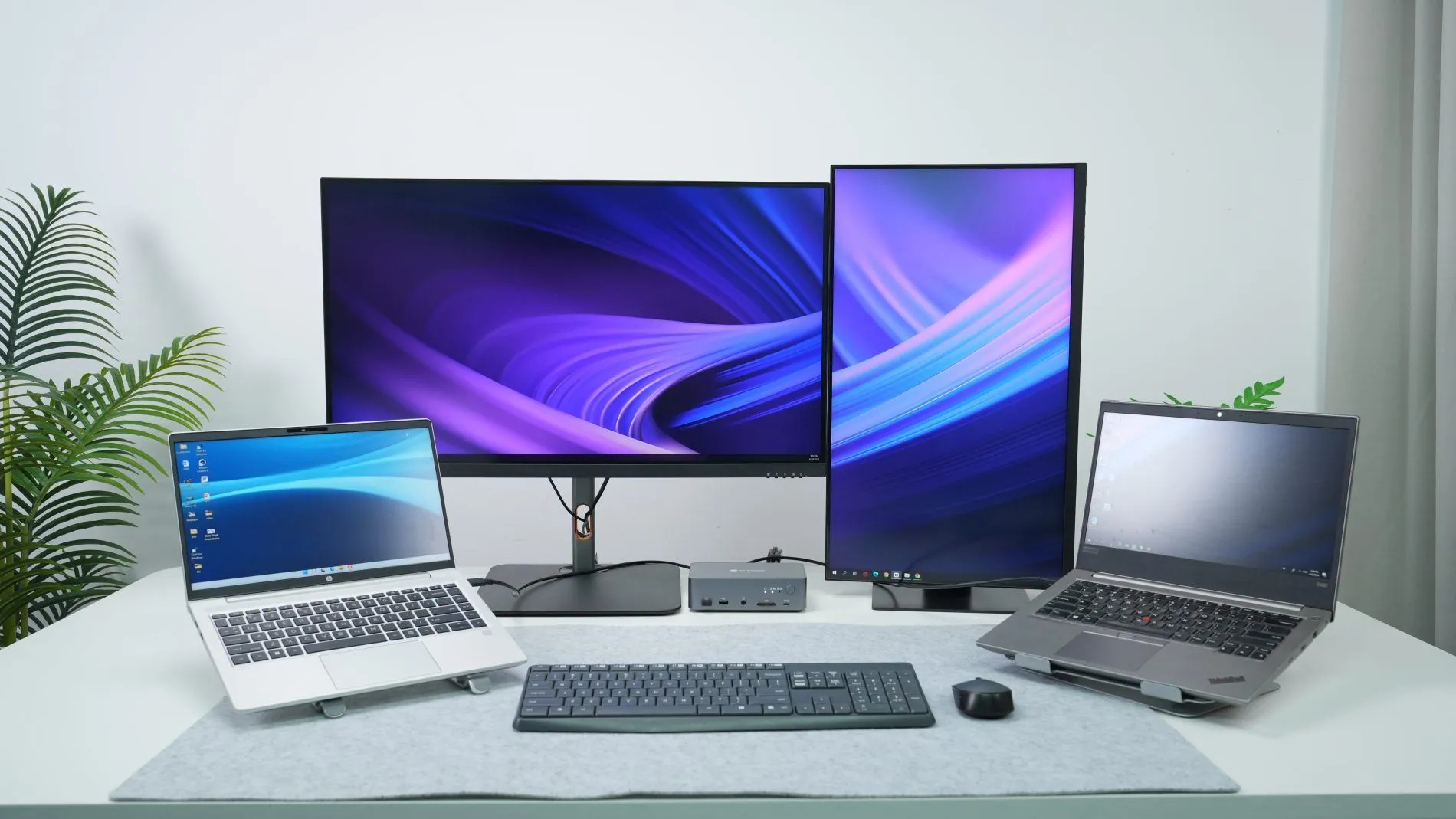In today’s digital age, computers have become the backbone of our work, communication, and entertainment. However, when technical issues strike, they can disrupt your entire day and lead to unnecessary stress. Whether you’re dealing with a sluggish machine, software glitches, or connectivity problems, knowing the right strategies can turn your tech chaos into calm. This guide from Simplicity presents the top 7 computer help tricks that will ensure stress-free and productive tech days.
1. Keep Your System Clean and Organized
A cluttered computer slows down performance and makes finding files a nightmare. One of the most effective computer help techniques is to regularly clean and organize your system. Delete unused programs, clear out temporary files, and organize your desktop for a more efficient workflow.
Use built-in tools like Disk Cleanup on Windows or Storage Management on macOS to clear unnecessary files. Additionally, consider using cloud storage services such as Google Drive or OneDrive to offload files and free up disk space. A clean system not only performs better but also makes troubleshooting easier when problems arise.
2. Master Keyboard Shortcuts
Learning keyboard shortcuts is a simple yet powerful computer help trick that can significantly speed up your tasks. Instead of navigating through menus and toolbars, shortcuts allow you to perform actions in seconds.
Here are a few essential shortcuts:
- Ctrl + C / Ctrl + V: Copy and paste
- Ctrl + Z / Ctrl + Y: Undo and redo
- Alt + Tab: Switch between open applications
- Ctrl + Shift + Esc: Open Task Manager directly
- Cmd + Space (macOS): Open Spotlight Search
These shortcuts might seem small, but over time, they can save hours and reduce tech-related frustration.
3. Regularly Update Your Software and Drivers
One of the most overlooked computer help methods is keeping your software and drivers updated. Software updates include critical patches that fix bugs, enhance security, and improve functionality. Outdated drivers can lead to hardware malfunctions, slow performance, and even system crashes.
Make it a habit to check for system updates weekly. Enable automatic updates where possible, especially for antivirus software, operating systems, and browsers. This proactive approach ensures your computer remains stable, secure, and up-to-date.
4. Use Antivirus and Anti-Malware Tools
No matter how careful you are, threats like viruses, malware, and spyware can still infiltrate your system. Having a robust antivirus solution is a cornerstone of any good computer help strategy. Choose a reputable antivirus program and run full system scans regularly.
Additionally, tools like Malwarebytes provide an extra layer of protection by scanning for and removing more complex threats that traditional antivirus programs might miss. Safe browsing habits—such as avoiding suspicious links and downloads—complement your software defenses and reduce the risk of infection.
5. Backup Your Data Consistently
Losing important files due to system failure or accidental deletion is a common and distressing problem. One essential computer help tip is to regularly back up your data. Cloud services like Dropbox, Google Drive, and iCloud offer seamless backup solutions that can be accessed from any device.
For added security, use an external hard drive and schedule automatic backups. This dual-layer approach ensures your data is always protected, no matter what happens to your device. When disaster strikes, having a reliable backup can be the difference between panic and peace of mind.
6. Troubleshoot Using Built-in Tools
Before you call a technician or panic over an error message, explore your operating system’s built-in troubleshooting tools. These are designed to help diagnose and resolve common issues without the need for expert intervention.
On Windows, the Troubleshoot settings can help with problems related to audio, networking, and even printer functionality. Mac users can utilize Disk Utility and Activity Monitor to identify and fix performance issues. These tools offer step-by-step guides and often resolve problems with minimal user effort, making them an excellent computer help resource for users at all levels.
7. Optimize Your Startup Programs
Many users complain about slow boot times without realizing that too many startup programs are running in the background. These applications consume valuable memory and processing power, slowing down your system right from the start.
To manage startup programs, use the Task Manager on Windows or System Preferences on macOS. Disable any non-essential programs that don’t need to launch at startup. This simple computer help trick can lead to significantly faster boot times and a more responsive system.
Conclusion: Take Control of Your Tech Life
Technology should work for you, not against you. By implementing these seven computer help tricks, you can enjoy smoother performance, better security, and fewer frustrations. A little proactive care goes a long way in maintaining your computer’s health and your peace of mind.
At Simplicity, we believe that everyone can master the basics of tech troubleshooting. Whether you’re a casual user or a remote professional, following these tips will help you stay ahead of issues and make the most out of your digital life.
Start applying these strategies today and take back control of your tech—one stress-free day at a time.
Click here to return to the homepage and unlock more content.
Frequently Asked Questions
1. How often should I clean my computer’s hardware and software?
You should clean your software weekly by deleting junk files and organizing data. Physically clean your computer every 1–3 months to prevent dust buildup, especially around fans and vents.
2. What is the best free antivirus program?
Some top-rated free antivirus programs include Avast, AVG, and Bitdefender. While free versions offer basic protection, consider upgrading for full features if you use your device for work or sensitive data.
3. Why is my computer so slow even though it’s new?
A slow new computer could be caused by unnecessary startup programs, background apps, bloatware, or a lack of updates. Reviewing your startup settings and performing regular maintenance can usually fix the issue.
